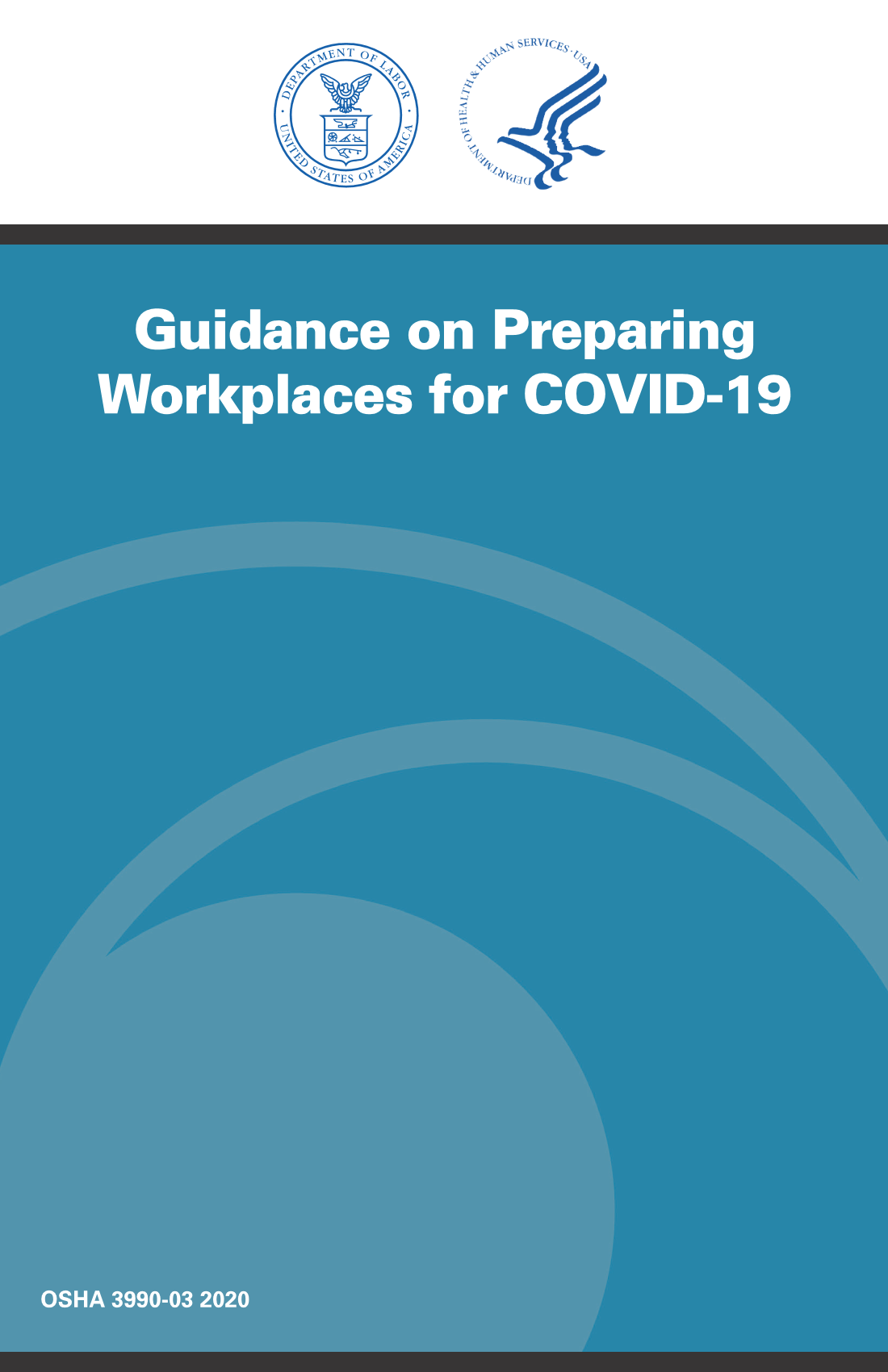Workplace wellness is an investment in your most important asset—your employees. Studies have shown that employees are more likely to perform well when they are in optimal health. Implementing a wellness program in your organization can lead to many benefits from improved productivity to less turnover and better employee morale. Implementing a new program into your workplace can be daunting, but following the right steps will make all the difference.
Best Practices When Developing a Wellness Plan
The Wellness Council of America (WELCOA) has identified seven best practices for employers to follow when building a successful workplace wellness program.
- Create committed and aligned leadership: A commitment from the top is key to the success of any wellness initiative. Management must understand the benefits of a wellness program for both the employees and the organization, and be willing to commit to it.
- Foster collaboration: Wellness teams should include a variety of people from all levels of your company. Consider recruiting employees from human resources, legal, marketing, management and administrative staff. These individuals will drive program development, implementation and evaluation.
- Collect meaningful data that will drive your health initiatives and wellness strategy Gathering data to assess employee health interests and risks will help guide you in developing your program and make your program unique to your organization. This process may involve conducting a survey of employee interest in various health initiatives, health risk assessments (HRAs) and claims analysis to determine your current employees’ disease risk.
- Craft an operating plan An annual operating plan is important for your program’s success and should include a mission statement along with specific, measurable short- and long-term goals and objectives. A written plan is instrumental in holding the team accountable to the goals, objectives and timeline agreed upon.
- Choose appropriate health initiatives that support the whole employee The health initiatives that you choose should flow naturally from your data (survey, HRA aggregate report, claims), be cohesive with your goals and objectives and be in line with what both management and employees want from the wellness program.
- Create a supportive environment, policies and practices A supportive environment provides employees with encouragement, opportunity, and rewards. Your workplace should celebrate and reward health achievements and have a management team that models healthy behavior. Most importantly, be sure to involve employees in various aspect of the wellness program from its design and promotion to its implementation and evaluation.
- Conduct evaluations, communicate, celebrate and iterate Evaluation involves taking a close look at your goals and objectives to determine whether you achieved your desired result. Evaluation allows you to celebrate goals that have been achieved and to discontinue or change ineffective initiatives.
Developing an Operating Plan
One feature that all successful worksite wellness programs share is an outcome-oriented operating plan. An operating plan is what will legitimize your wellness program, which will increase the likelihood of continued resources and support. It also provides continuity for the program through personnel changes.
Your operating plan should contain the following elements:
- Mission Statement All successful and long-lasting wellness programs have clear mission statements. A mission statement should include the values that drive the program along with the ultimate goals the program hopes to achieve.
- Goals To be attainable, goals should be realistic, reflect the needs of both management and employees, have clear time limits, and flow naturally from the data collected.
- Objectives Objectives are the strategies you will implement to achieve your goals. Like goals, they should include specific action steps and timelines, and be written.
- Timeline Develop a realistic timeline to implement and evaluate the program. The timeline will incorporate key dates contained in the objectives and goals. Wellness initiatives generally begin at the start of the new year when people are making resolutions. Wellness activities should be scheduled at times that are convenient for all participants, so it may be necessary to offer multiple opportunities to participate in sessions.
- Budget Your budget may include such items as salaries, program materials, administrative needs, outside vendors, evaluation and the costs associated with incentives. A detailed budget is essential during the evaluation process as program costs are compared to outcomes.
- Communication Plan You must communicate your program to raise employee awareness of the program and drive participation. Your operating plan should address the types of marketing efforts that will be used to inform employees about your wellness plan. Specific communication techniques will vary depending on the size of your company and your budget.
- Implementation Plan This section of the operating plan will provide detailed information about implementing the various health promotion programs and will assign individual responsibilities associated with the offerings.
- Evaluation Plan The final section should address how you will measure the success of your program. Ideally, evaluation will include measuring how well the program is working and whether it is achieving its expected results.
Implementing a wellness program in your company is vital to employee health. During these times, more than ever, it is essential to foster health and wellness in the workplace. Following these best practices and developing an outcome-oriented operating plan will get your organization on track to optimal health.
Covid-19 Related Resources

Vaccine ?
COVID-19 Vaccine Considerations for Employers

CDC Resource
CDC Guidance for Isolating When Infected With COVID-19
Lorem Ipsum is simply dummy the text of the printing & typesetting.

OSHA3990
Guidance on Preparing Workplaces for COVID-19

iNFOGRAPHIC
Cold, Flu or COVID-19 Infographic

Policy Update
HHS Renews COVID19 Public Health Emergency

HR Insights
Determining whether a COVID-19 case is work related

Infographic
Navigating Flu season during the COVID-19 pandemic

